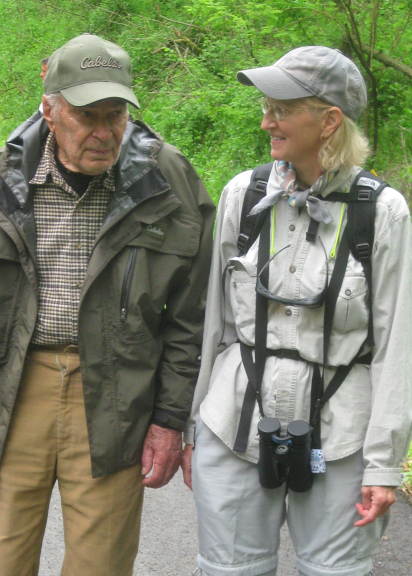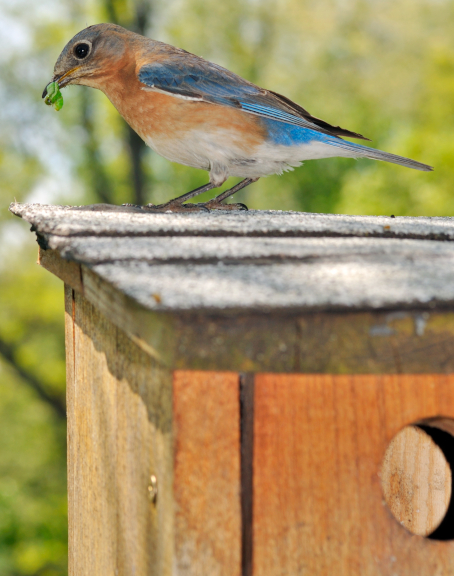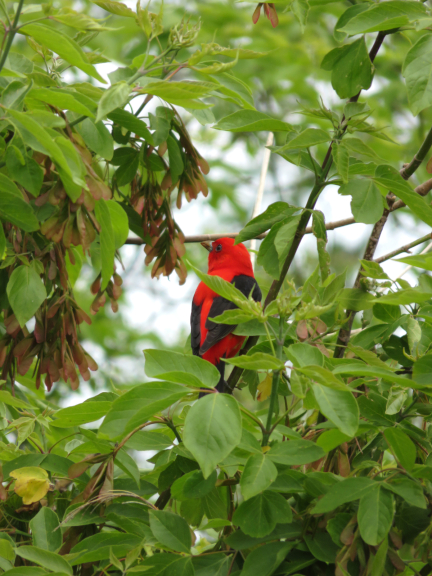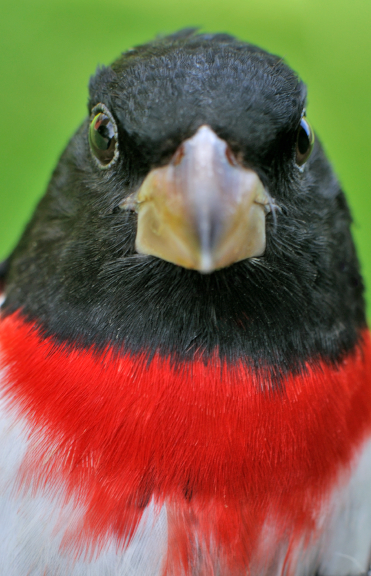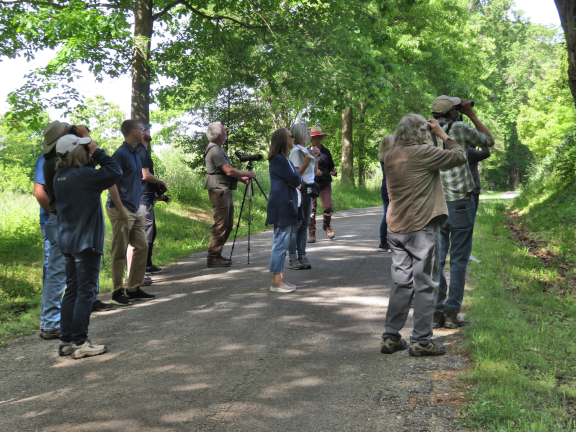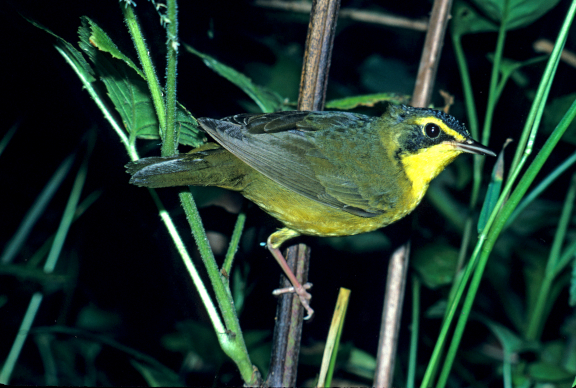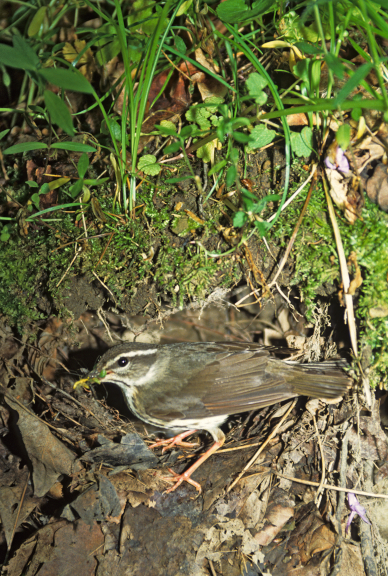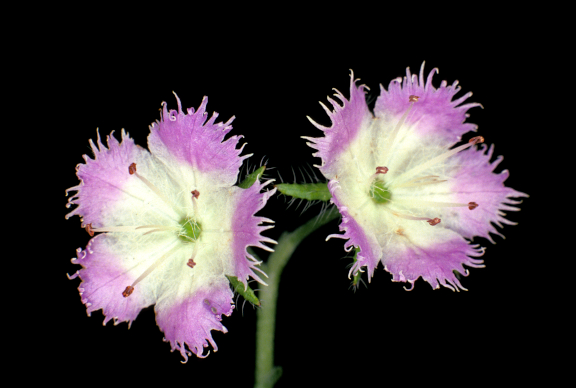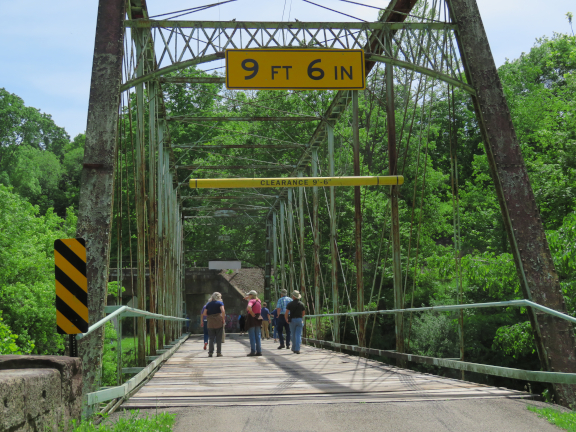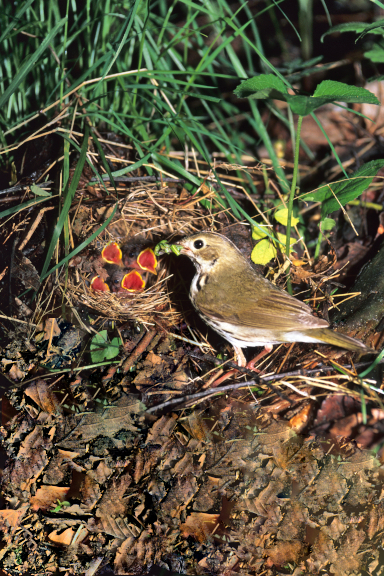Ralph K. Bell was a mentor, role model and friend to a great many people. He passed 9 years ago and many people still feel the loss. This year’s Ralph K. Bell Memorial Walk and Picnic was another way for some of us to celebrate his life and what he meant to us personally and to the science of birding in general. It was a beautiful day.
As usual, Jan and I showed up early so I could help participants know where to park their cars.
While people were arriving we were serenaded by many Red-winged Blackbirds nesting in the large nearby grassy meadows and by Purple Martins in their gourd nestboxes. The home, next door, where Ralph was born is now the residence of Ralph’s grandson C. David and his wife Leah. We met at the home where Ralph lived most of his life which is now the second home of Ralph’s son David and his wife Ruth. Both homes have wonderful plantings, flower beds, gardens and, of course, lots of places for birds to eat, nest and roost. Nearby are the plantings of the Bell Christmas Tree Farm.
Many birds also make this area their home throughout the year. On the Bell Farm there are nesting American Kestrels, Purple Martins, Tree Swallows, and Eastern Bluebirds in various nest boxes.
The walk is sponsored by The Ralph K. Bell Bird Club of Greene County, PA. We started with a greeting and introduction by Marjorie Howard for the bird club and C. David for the Bell family.
Even as we went down the driveway and started down the road, the large group broke into smaller groups, which is typical of bird walks.
Right away we began to pay attention to the multitude of bird songs around us. There were a number of birding experts to help with the identification of the birds everyone was seeing and hearing.
Larry “Scope” Helgerman was able to show everyone, up close and personal, nests of an Acadian Flycatcher and a Wood Thrush.
We also enjoyed and identified wildflowers.
After we walked a long mile through several different habitats, we arrived at “the bridge” — our turn-around point. The walk back (and car rides up the last hill) were faster since we knew what was waiting for us.
There is always a picnic under the majestic spreading Tulip Popular tree after the Ralph Bell Bird Walk, but this year the Ralph K. Bell Bird Club took this opportunity to do some club business, too. They provided part of the meal and invited attendees to bring something to share. Then, after lunch, we honored this year’s two 2023 Ralph K. Bell scholarship winners who are high school seniors from Greene County, PA.
Finally, after celebratory cake and Krispy Kreme doughnuts, we went over the bird list from the day, adding species that had been seen or heard by small groups, but not yet reported. (Jan and I didn’t hear the final total number of species.) We all had a wonderful day celebrating Ralph, young nature lovers, plants and, especially, birds!
